Document Author
Year Published
Topic
- (-) Remove Linking a Self-Help Center to Other Services filter Linking a Self-Help Center to Other Services
- (-) Remove Strategic Planning filter Strategic Planning
- 100% Access to Justice (9) Apply 100% Access to Justice filter
- Self-Help Centers (9) Apply Self-Help Centers filter
- Trial Court Self-Help (9) Apply Trial Court Self-Help filter
- Courts (6) Apply Courts filter
- Allied Professionals (4) Apply Allied Professionals filter
- Best Practices for Self-Help Centers (4) Apply Best Practices for Self-Help Centers filter
- Managing a Self-Help Center (3) Apply Managing a Self-Help Center filter
- Reports, Evaluations, Best Practices, Surveys (3) Apply Reports, Evaluations, Best Practices, Surveys filter
- Research (3) Apply Research filter
- Articles & SRLN Briefs (2) Apply Articles & SRLN Briefs filter
- Evaluating a Self-Help Center (2) Apply Evaluating a Self-Help Center filter
- Reports (2) Apply Reports filter
- Simplification (2) Apply Simplification filter
- ATJ Commissions (1) Apply ATJ Commissions filter
- Attorney Ethics (1) Apply Attorney Ethics filter
- Ethics Education (1) Apply Ethics Education filter
- Justice Tech Entrepreneurs (1) Apply Justice Tech Entrepreneurs filter
- Legal Aid (1) Apply Legal Aid filter
- Private Bar (1) Apply Private Bar filter
- Scaling in Court Systems (1) Apply Scaling in Court Systems filter
- Starting a Self-Help Center (1) Apply Starting a Self-Help Center filter
- Surveys (1) Apply Surveys filter
- Technology (1) Apply Technology filter
- Triage (1) Apply Triage filter
- Triage & Service Portal (1) Apply Triage & Service Portal filter
State
Tags
Post date
Search results
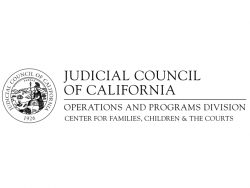
Guide: Guidelines for the Operation of Self-Help Centers in California Trial Courts (California 2011)
The Administrative Office of the Courts, in collaboration with judges, court executive officers, attorneys, and other parties with demonstrated interest in services to self-represented litigants, is charged with the development of these guidelines for dis ...
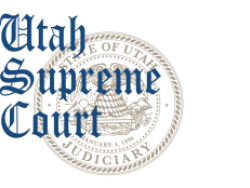
Report: Supreme Court Task Force to Examine Limited Legal Licensing (Utah 2015)
From the Introduction: Probably most Utah communities are not that different from “Middle City, USA,” a mid-size, mid-West community that was the location of the 2014 Community Needs and Services Study by the American Bar Association. 1) In a random sampl ...
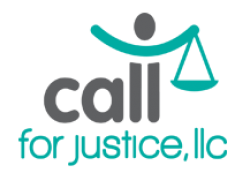
News: Call for Justice (Minnesota 2015)
Call for Justice, LLC is an innovative non-profit in Minneapolis that seeks to improve access to justice by connecting low-income people to existing legal resources, in partnership with United Way 211 and others. Through collaboration and training, Call f ...
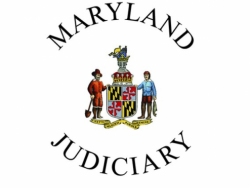
Report: Clearing a Path to Justice (MD Working Group on Self-Representation 2007)
This Report is a useful example for jurisdictions thinking about how to build analysis and support as they develop self-help services. From the table of contents: The Work Group on Self-Representation in the Maryland Courts................................ ...
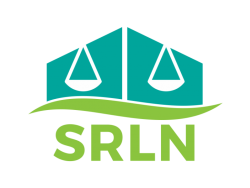
Survey: SRLN Tiers of Service Survey Tool (SRLN 2015)
The SRLN Tiers Survey was developed for states to conduct a quick tiered inventory of their court based self-help services. Tier 1 services are asynchronous (one-way), Tier 2 services are synchronous (two-way), and Tier 3 services integrate multiple provi ...
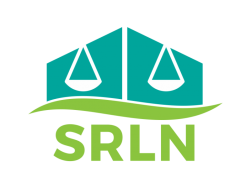
SRLN Brief: Rule 6.5- A Powerful Tool to Diversify Pro Bono and Transform Court Services (SRLN 2015)
Ethics rule 6.5 is a powerful tool to diversify pro bono programs and to transform court services because it allows unbundled lawyers to perform real time services in court-annexed programs without the onerous clerical burdens and limitations under the tr ...
Article: The Access To Justice “Sorting Hat” Towards A System Of Triage And Intake That Maximizes Access And Outcomes (Zorza 2012)
In this seminal article, Richard Zorza discusses the fact that we know little of the processes by which the millions of people who approach courts, legal aid intake systems, and hotlines are directed into them, or the access services they do or do not rec ...
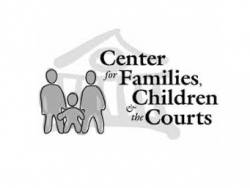
Article: Community Courts and Family (Chase, Alexander, Miller 2000)
The authors introduce the idea of a community court as an interaction among courts, social service agencies, and the community. They discuss several models, prominent among them the Midtown Community Court in Manhattan, before going on to apply community ...
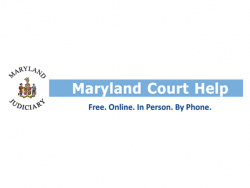
News: Self-Help Innovations in Maryland (News 2021)
The Maryland Court Help Center 2021 Provider Conference offered a glimpse into some of the cutting edge innovations in self-help in the COVID era. 1 Court Help Center Knowledge Base Maryland Court Help Providers have access to the Court Help Center Know ...